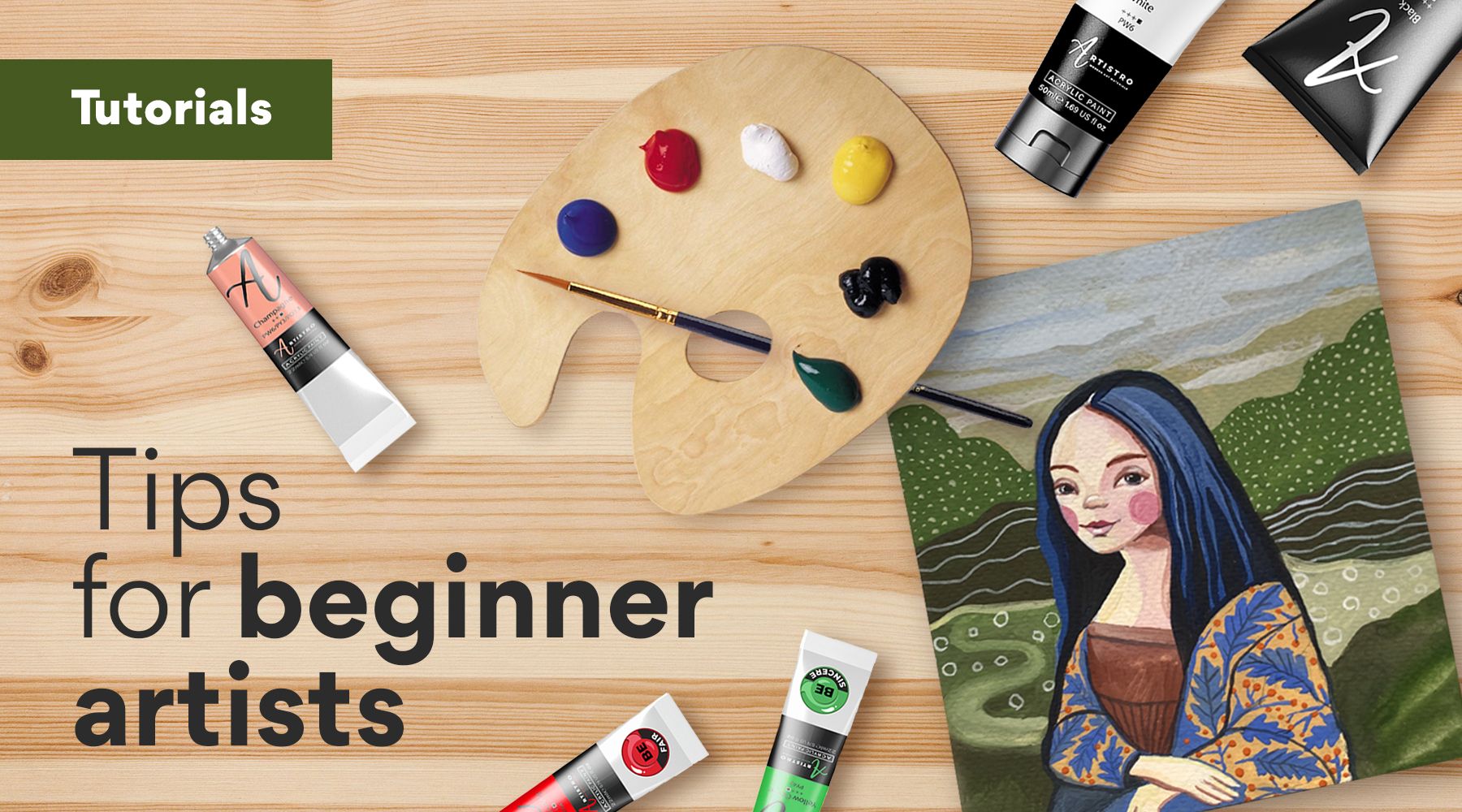The Sweet Life of Bettajelly
Exploring delicious recipes, fun food trends, and lifestyle tips that bring joy to your everyday.
Brush Strokes and Coffee Breaks: Painting Tips for Every Mood
Discover painting tips to match your mood! Unleash creativity with our expert advice and elevate your artistry during coffee breaks.
How to Choose the Right Colors for Your Mood
Colors play a significant role in influencing our mood and emotions, making it essential to choose the right hues for different aspects of life. For instance, shades of blue are often associated with calmness and tranquility, making them ideal for creating serene spaces, while vibrant colors like red can evoke feelings of excitement and energy. When selecting colors for your home decor, wardrobe, or even digital projects, consider how each hue impacts your psychological state. A well-thought-out color scheme can help you cultivate a desired atmosphere, whether it’s relaxation, productivity, or creativity.
To better understand how to select colors that align with your mood, it's helpful to familiarize yourself with color psychology. Here are a few key associations:
- Yellow: Represents happiness and optimism.
- Green: Symbolizes balance and harmony.
- Purple: Often linked to creativity and luxury.
- Gray: Can evoke feelings of neutrality but may feel dull when overused.
By being mindful of these associations, you can effectively curate an environment or wardrobe that resonates with your personal feelings and enhances your overall emotional well-being.

Painting Techniques to Match Your Creative Energy
Painting techniques can greatly influence the way your creative energy translates onto the canvas. Whether you are feeling vibrant and dynamic or calm and introspective, there are specific approaches you can adopt to match your mood. For those who thrive in an energetic and spontaneous state, consider techniques like alla prima, where layers of paint are applied in a single session, allowing for quick expression and the chance to embrace the unexpected. Alternatively, if your energy is more subdued, a glazing technique with transparent layers can help you create depth and luminosity, reflecting a more contemplative mindset.
It's essential to explore various painting techniques that resonate with your emotional state. For instance, try using a palette knife for a more tactile and energetic experience, as this method allows for bold strokes and a direct engagement with the paint. On the other hand, watercolor techniques can be perfect for evoking tranquility, enabling you to control the fluidity and softness of your work. Remember, your artistic journey should mirror your creative energy; experiment with different methods to discover what feels right for you!
What Can Your Brush Strokes Say About Your Emotions?
Art has always been a profound means of expressing emotions, and the brush strokes in a painting can reveal layers of feeling that words often cannot convey. By examining the dynamics of each stroke—its thickness, direction, and rhythm—viewers can gain insight into the artist's emotional state during the creative process. For instance, quick, erratic strokes might indicate feelings of anxiety or chaos, while smooth, flowing strokes often reflect a sense of calm and contentment.
Moreover, the use of color in conjunction with brush strokes adds an additional dimension to emotional interpretation. Bold colors combined with heavy strokes may suggest passion or intensity, whereas softer hues paired with lighter strokes can evoke tenderness or melancholy. Understanding what your brush strokes say about your emotions not only enhances the viewer’s experience but also deepens the artist's connection to their work, making art a powerful tool for emotional exploration and communication.